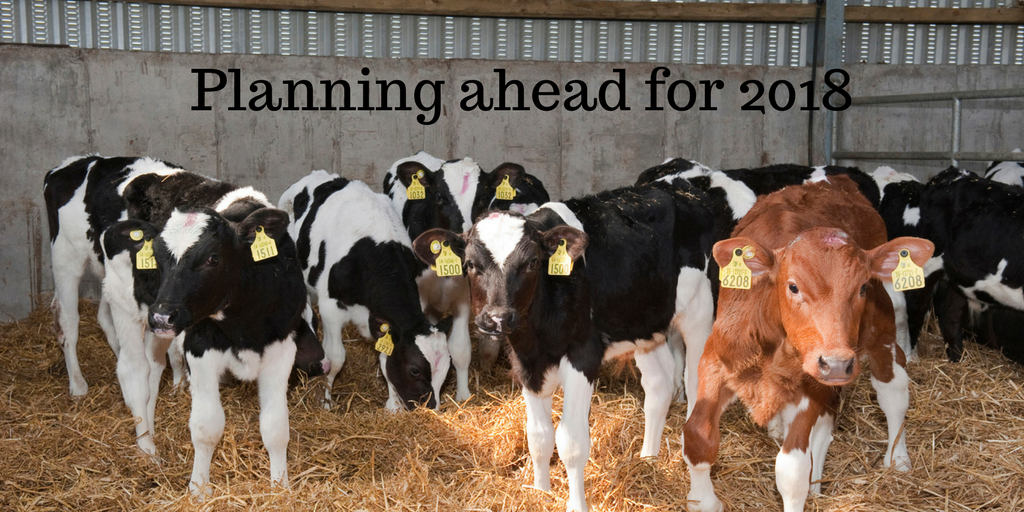While December is the month with the lightest workload of the winter period, there are a number of key tasks that farmers must address before January. With the spring calving portion of the national dairy herd dried off, now is the perfect time for farmers to plan for the calving season and spring ahead.
Silage Analysis
Grass silage forms the base feed on almost every farm over the coming months. With disappointing silage results this season and a possible fodder shortage looming, it is vital to establish the quality and supply of silage in order to ensure that all animals are fed for optimum performance. Simply measure length x width x height (metres)/1.4 to give an accurate assessment of fresh tonnes of silage in the pit.
Cow Body Condition Analysis
Cow body condition analysis is one of the most important jobs to be completed on the farm at this time of the year. It is recommended that farmers segregate under conditioned cows, especially first time calvers and those carrying twins, and supplement appropriately. A simple mix of soya and a barley or oats blend will fit most situations with the ratios and feeding levels dictated by silage quality and cow condition.
Dry Cow Mineral Supplementation
According to Bil Ryan of Agritech, dry cow supplementation is essential for this time of the year. He stated, ‘I am somewhat concerned with the approach taken on some farms over the past month with many cows milked on longer than is appropriate, leading to shorter than desired dry periods. Cows in general have milked very well this year and are particularly depleted of minerals. With a feeding recommendation of 100 grams per head per day, it is important that an increased amount of feed per day is given to cows who started their dry cow supplements late. A dry cow should receive a minimum of 6kgs of dry cow minerals in advance of calving, in order to ensure that she is adequately replenished and prepared for calving and next year’s lactation’.
Vaccinations
The challenges that liver and rumen fluke present to dairy farmers are increasing. A ‘dry’ farm is not an assurance against fluke infection, therefore, the herd should be dung sampled to establish if parasites exist. Many of the antiscour vaccines have a recommended application time of between 12 and 3 weeks before calving, making the month of December an excellent time to vaccinate the early calving portion of the herd. Be careful to adhere to the regulatory guidelines when addressing fluke infections.
Calving Facilities
With herd sizes increasing, the pressure on calving facilities and calf housing has become intense on many farms. If you suspect that cryptosporidium is a problem on your farm, it is important to ensure that the disinfectant you use addresses this hazardous threat. Steam cleaning is also a very useful tool in the fight against this parasite. It is highly recommended to apply a suitable hygiene product such as Agritech’s Sanitise to the disinfected area.
Soil Testing
December is also a great time to carry out the required soil tests on your farm. Ideally, the optimum time to test is 12 + weeks following the application of chemical fertilizer or slurry. When soil testing, it is important to ensure that the test taken is an accurate representation of the area being tested. This is best achieved by only using a soil core and walking the area in a ‘W’ formation. 250 grams is an adequate amount of soil to include for each sample.
Finally, with farm activity increasing at an alarming pace, December is a rare opportunity for farmers to replenish their own reserves too. Remember, Christmas only comes once a year!


